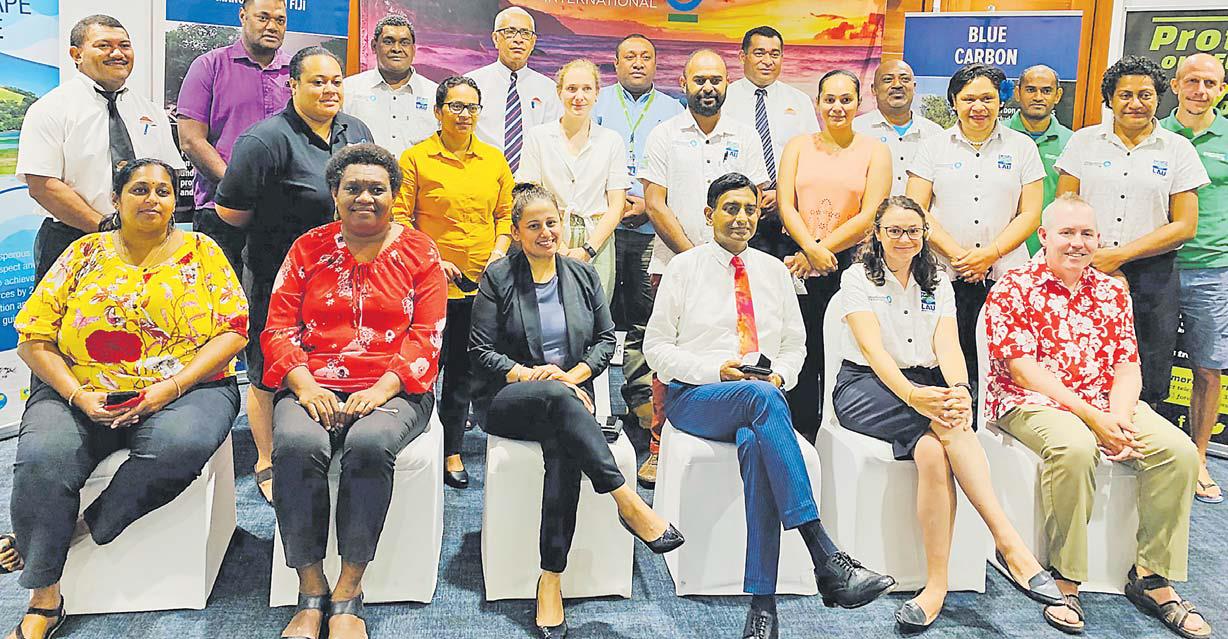The Fiji Blue Carbon project is expected to identify alternative pathways and financing options to safeguard Fiji’s management and restoration of mangroves.
According to the permanent secretary for the Ministry of Waterways and Environment Joshua Wycliffe, it brought together governments, non-profit organisations and research organisations to increase attention and demand action of coastal blue carbon ecosystems.
“With support from the Australian Department of Foreign Affairs and Trade the first phase of funding supported Conservation International (CI) the University of the South Pacific and the Fiji Ministry of forests to collect some of the first data storage and sequestration within Fiji’s mangroves using scientific guidance from the 2013 IPCC wetland supplement,” he said.
“One of the preliminary quantitative findings of this work is the variation of carbon community structures among Fiji’s largest mangrove stands in river delta and the Ba Delta, respectively located at the extreme ends of the wet and dry side of Viti Levu.
“The second phase of this project, Conservation International will work closely with the Government of Fiji and other partners to identify potential voluntary carbon market investment opportunities for Fiji’s mangroves as well as other financing instruments and streams.”
Mr Wycliffe said the impact of on the private sector from this particular project would be immense and huge in that it’s not just the protection of communities that this solution would provide.
“Nature-based solutions and the Blue Carbon impact is going to be huge in terms of food security, in terms of protection of our species, and protection of biodiversity and reversal of the biodiversity loss.
“What’s in it for the private sector is that, along with food security, especially for seafood companies that deal with marine products like sea grass, and seaweeds, this would be a huge benefit because we’re establishing a tangible model to this project.”
He added by evaluating the resource and financial benefits from a project such as protecting the coastal belt and the
coastal areas would allow the marine life to thrive which were a strong source of food for the communities.
“So if private sectors and private sector groups can get in first and look at something like a model like this or adopt some of these solutions that we put in place and come to partner with the government.
“We’ve already done about nine or 10 nature seawall solutions across Fiji, these are fertile grounds, and readymade
grounds for the private sector to take up and partner with us and put resources into it.
“So that not just to thrive the marine life there but also look at business opportunities that come out of thriving of this marine opportunities.”




